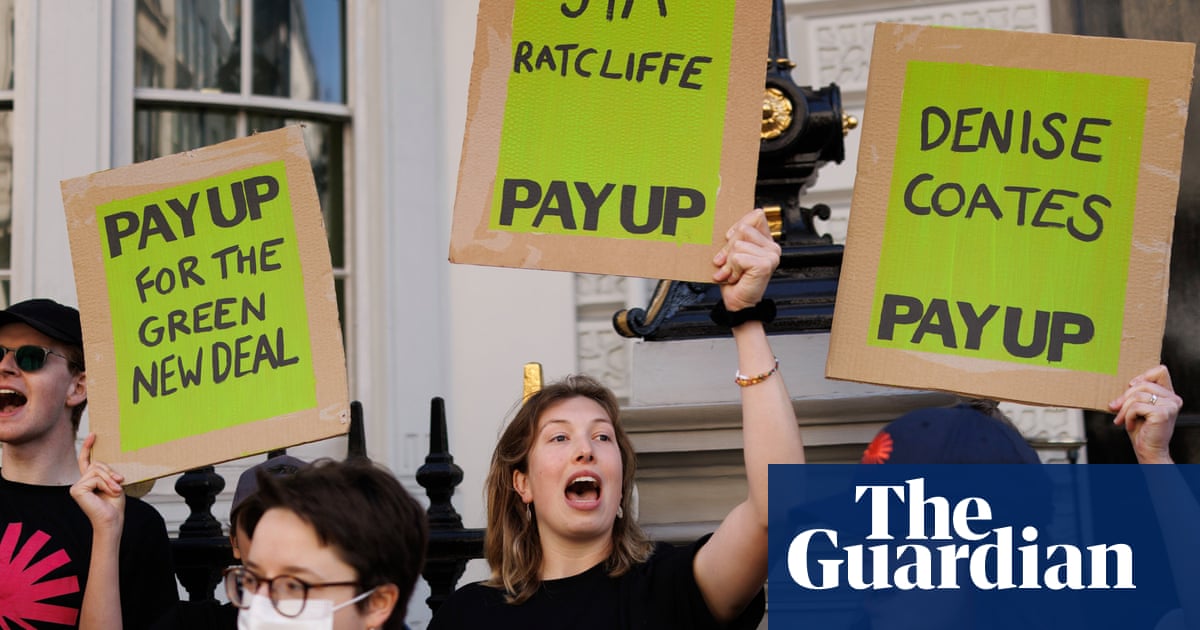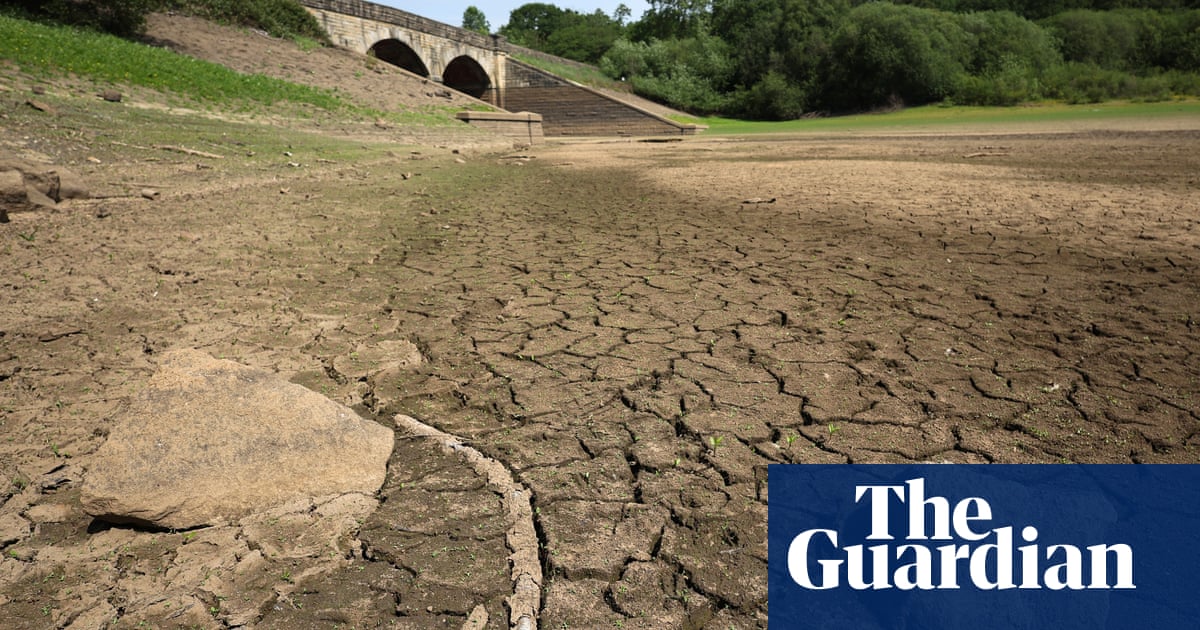10 of our all-time favorite Eye on the Storm posts » Yale Climate Connections

In celebration of the last five years of outstanding work by meteorologists Jeff Masters and Bob Henson at Yale Climate Connections, we put together a roundup of some of our favorite “Eye on the Storm” stories. Masters and Henson, along with Michael Lowry, Kait Parker, Charlie Randall, and Alexandra Steele, have covered hurricanes, heat waves, ice storms, and more, all with a climate lens. Their work has created community, prepared readers for extreme weather, and helped people decide when and where to evacuate from a hurricane.
If you’ve benefited from their work, consider supporting our fundraiser that ends this Sunday, May 31. The funds will go directly to supporting our lifesaving extreme weather coverage. As our thank-you to you, when you sign up as a monthly donor by the end of the month, you’ll be invited to join an exclusive Zoom conversation with Jeff and Bob later this summer.
Without further ado, here are 10 of our favorite stories from the past five years.
1. When will climate change turn life in the U.S. upside down?
In this post, Jeff Masters explores pressure points like insurance crises, food shocks, and catastrophic extreme weather. He ends with a bit of hope and the point that we do indeed have the power to create change.
“Very hard times are coming. At the risk of causing counterproductive climate anxiety and doomism, I offer here some observations and speculations on how the planetary crisis may play out, using my 45 years of experience as a meteorologist, including four years of flying with the Hurricane Hunters and 20 years blogging about extreme weather and climate change.”
2. Is the idea of a ‘climate haven’ under water?
Before Hurricane Helene, people called Asheville, North Carolina, a climate haven – a place that would be protected from the worst effects of climate change. After the storm, Bob Henson wrote this piece that raises the question of whether anywhere is truly safe from climate change.
“Geographic ‘cures’ to problems do tend to have limits. The tendrils of a human-altered climate, interwoven with natural variability, have a way of touching us even when we think we’re beyond their grasp. All the more reason, then, to work toward major emission cuts sooner rather than later, and to redouble a commitment to climate adaptation – including timely warnings and nimble response when a black-swan event looms on the horizon.”
3. Extreme weather trivia contest: Can you beat the experts?
Meteorologists Jeff Masters, Bob Henson, and John Morales faced off in a trivia battle hosted by meteorologist Alexandra Steele to see who would be crowned the extreme weather expert. You can watch them play and take the quiz yourself to see how you stack up.
4. Portrait of a Kansas town that went all-in on clean energy after a devastating tornado
Photographer Charlie Randall contributed this stunning photo series about Greensburg, Kansas. After a tornado destroyed the town, residents decided to build back greener.
“The decision they made, not to rebuild the town as it was, but to use the tragedy as an opportunity for reinvention, made Greensburg a pioneer in the clean energy revolution. Today, many cities and towns around the world are racing to stave off the climate crisis by constructing environmentally friendly buildings and switching to renewable energy – steps that Greensburg began taking almost two decades ago.”
5. What new data reveal about how hurricanes kill
Hurricane specialist Michael Lowry dug into data showing that rainfall emerged as the cause of most hurricane fatalities in the last decade. Before 2013, storm surge had been pinpointed as the most deadly element of tropical cyclones.
“The inland flooding impacts from tropical cyclones have been front-and-center in recent years. Hurricane Matthew in 2016 and Hurricane Florence in 2018 caused extensive inland flooding and dozens of deaths from heavy rainfall, which filled river basins across multiple states. In many cases, major flooding in the aftermath of a hurricane can peak days after landfall and hundreds of miles away from the initial point of landfall. The delayed impact outside the immediate forecast cone can prove especially dangerous for those unprepared on the periphery.”
6. 30 great tools to determine your flood risk in the U.S.
Jeff Masters put together a news-you-can-use list of tools to help readers understand their flood risk, both inland and on the coast. Masters keeps this post up to date as new tools come online.
“In an era of increasing heavy downpours, rising sea levels, and deterioration of flood protection infrastructure, it’s critical to know your property’s flood risk. In the U.S., every state has had multiple flood disasters in recent years, and we provide here a comprehensive look at the tools that can help you understand how flooding could affect you.”
7. What are the odds that extreme weather will lead to a global food shock?
Masters has written a number of excellent articles about the impact of climate change on agriculture and food. This piece investigates how extreme weather, and particularly drought, can cause food shocks and economic crises.
“Extreme droughts can affect multiple grain-growing areas simultaneously, causing ‘food shock’ events that could trigger food-price spikes leading to mass starvation, war, and a severe global economic recession. Human-caused climate change is hiking the risk of such simultaneous droughts and their associated heat waves, which have seen a steady increase in recent years because of climate change.”
8. Building a better hurricane ‘cone of uncertainty’
Bob Henson took a look at the National Hurricane Center’s ‘cone of uncertainty,” which was designed to help people understand the areas of most risk of a hurricane hit. The cone is often misinterpreted by the public.
“The cone has spawned its own confusions, some of which came into sharp relief during Hurricane Ian. Many depictions of the cone, for example, still show the skinny line at the center, even though experts have long exhorted people to focus on the cone’s breadth rather than on the central line. (NHC provides versions of the cone both with and without the central line.)”
9. Climate change is causing more rapid intensification of Atlantic hurricanes
Masters wrote about the role of climate change on rapidly intensifying hurricanes, which are occurring more frequently now than in the past.
“Rapidly intensifying hurricanes like Michael and Harvey that strengthen just before landfall are among the most dangerous storms, as they can catch forecasters and populations off guard, risking inadequate evacuation efforts and large casualties. A particular concern is that intensification rate increases are not linear as the intensity of a storm increases – they increase by the square power of the intensity.”
10. Confronting the ‘isolated, lonely, painful deaths’ from heat waves (Henson, 2020)
Henson wrote about the history of public health efforts to save lives during heat waves and accurately track their human toll afterward – and what can be done as the climate changes. Among the urban areas spotlighted is Phoenix, where annual heat mortality has tripled over the past decade.
“That 1995 Chicago experience helped galvanize the nation into tackling heat waves as a public health threat as serious as tornadoes or hurricanes – a sensible move, given that heat claims more lives in the long run than any other weather disaster.”
Also read: For unhoused people in America’s hottest large city, heat waves are a merciless killer by Osha Davidson
Did we miss your favorite story? Tell us about it in the comments.






